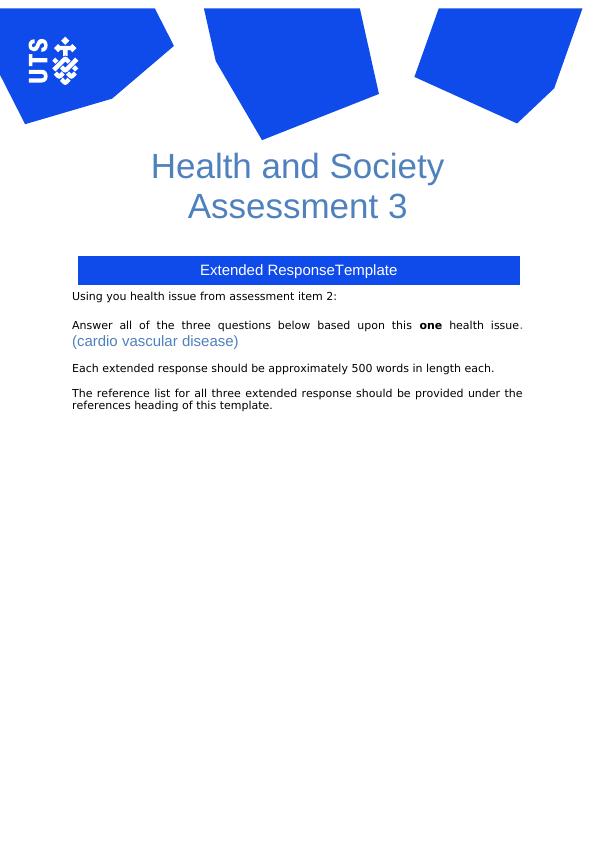Inequity between Indigenous and non-Indigenous Australians in Cardiovascular Disease
Answering three questions related to the health issue of cardiovascular disease in Indigenous Australians, discussing reasons for inequity, primary health care interventions, and the impact of cultural knowledge and sensitivity on access to health care services.
9 Pages2365 Words88 Views
Added on 2023-01-04
About This Document
This article discusses the reasons for inequity between Indigenous and non-Indigenous Australians in relation to cardiovascular disease. It explores the impact of cultural knowledge and sensitivity in healthcare access and provides an example of a primary health care intervention for Indigenous Australians. The article also highlights the importance of addressing these issues to reduce inequity in healthcare.
Inequity between Indigenous and non-Indigenous Australians in Cardiovascular Disease
Answering three questions related to the health issue of cardiovascular disease in Indigenous Australians, discussing reasons for inequity, primary health care interventions, and the impact of cultural knowledge and sensitivity on access to health care services.
Added on 2023-01-04
ShareRelated Documents
End of preview
Want to access all the pages? Upload your documents or become a member.
Health and Society Assessment 3: Smoking and Inequity Among Indigenous Australians
|8
|1738
|368
Indigenous Health Perspectives
|7
|1184
|415
Social Determinants of Health in Aboriginal Torres Strait Islander Community
|9
|2221
|127
Cardiovascular Disease Among Aboriginals in Australia
|1
|1401
|51
Factors resulting to health disparity between indigenous and non-indigenous communities
|16
|3191
|420
Reasons for Inequity in Cardiovascular Disease
|9
|2525
|82



